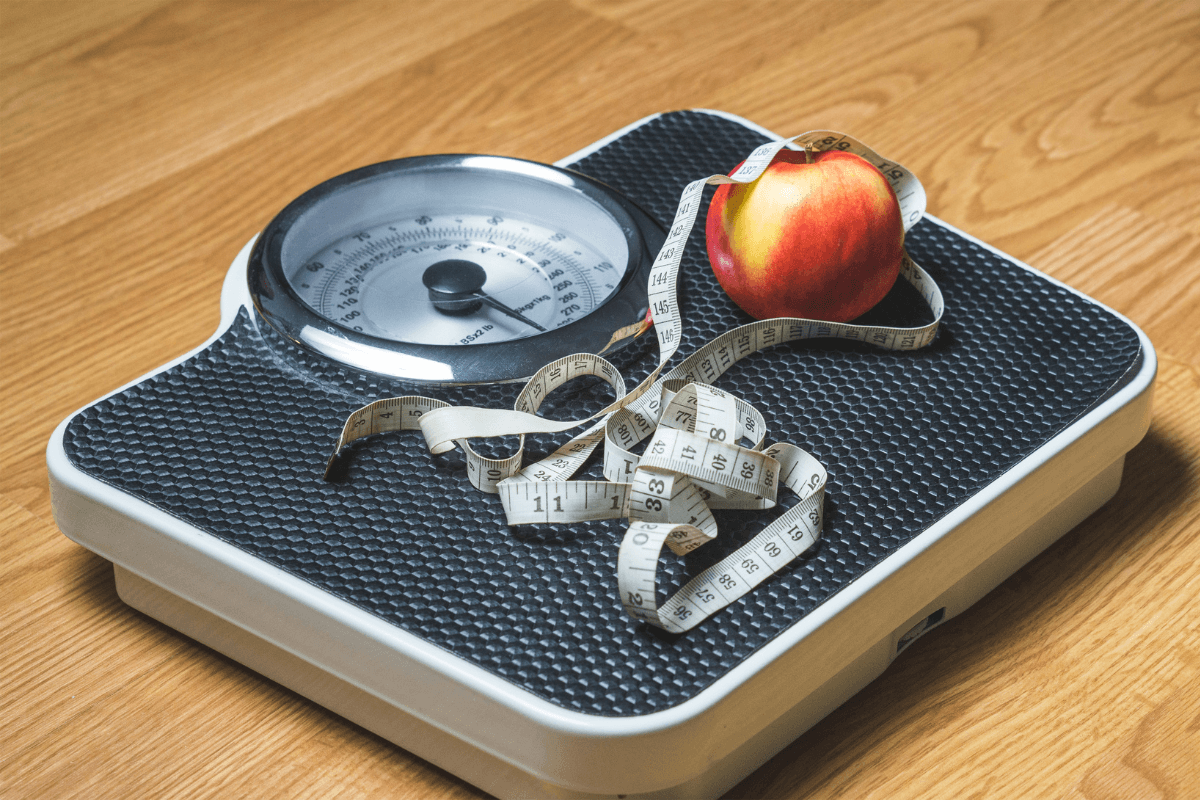If you’re using Ozempic to support weight loss, you’ve likely seen how effective it can be in helping control appetite and reduce body weight. However, the medication works best when paired with mindful eating habits. Following a structured Ozempic diet plan can enhance your results, ease digestive side effects, and support sustainable weight loss over time.
To really make the most of your progress, you need to understand what foods to eat, what to avoid, and how to build daily meals that complement Ozempic’s effects. Whether you’re just getting started or looking to improve your routine, the right approach to food can make all the difference.
Why an Ozempic Diet Plan Matters
Ozempic slows down gastric emptying, which makes you feel full longer and reduces the urge to overeat. While this naturally leads to weight loss for many people, it also means your body digests food more slowly—which can cause nausea or bloating if your meals aren’t balanced.
That’s why a dedicated diet plan for weight loss is key. It helps regulate digestion, keeps blood sugar steady, and fuels your body with the nutrients it needs to function well while you’re eating less overall. Pairing Ozempic with a clean, nutritious diet not only boosts its effectiveness but also supports your long-term health.
Best Food to Eat on Ozempic
When planning your meals, prioritize whole foods that are high in fiber, protein, and healthy fats. These nutrients help you stay full and reduce the likelihood of nausea or indigestion—common in the early stages of Ozempic use.
A list of the best food to eat on Ozempic includes:
Lean Protein
Choose chicken breast, turkey, tofu, eggs, and fish to support muscle health and help with satiety. Protein is slower to digest, which works well with Ozempic’s mechanism of delaying gastric emptying.
High-Fiber Vegetables
Broccoli, kale, spinach, and cauliflower are excellent choices. They promote digestive health, reduce inflammation, and help prevent constipation.
Whole Grains
Oats, brown rice, and quinoa are complex carbs that deliver energy slowly and keep you fuller longer. They’re great for stabilizing blood sugar levels throughout the day.
Healthy Fats
Avocados, nuts, seeds, and olive oil are rich in omega-3 and monounsaturated fats. A small serving adds flavor, satisfaction, and nutritional depth to your meals.
Hydrating Options
Cucumber, watermelon, soups, and broths not only help hydrate but also support smoother digestion. Ozempic can sometimes cause mild dehydration, so these foods are especially helpful.
Food to Avoid on Ozempic
Some foods can worsen Ozempic’s side effects or hinder your weight loss. Paying attention to what you avoid is just as important as choosing what to eat.
These are the main types of food to avoid when taking Ozempic:
Fried and Fatty Foods
Deep-fried snacks and greasy meals are hard on the digestive system, especially when your stomach is already processing food more slowly. These may cause bloating, nausea, or acid reflux.
High-Sugar Treats
Soda, cakes, cookies, and candy create blood sugar spikes and crashes. These swings make you feel more tired and hungry shortly after eating.
Processed Foods
Packaged snacks, frozen dinners, and fast food are loaded with sodium, sugar, and preservatives. These ingredients contribute to inflammation and water retention.
Alcohol
Drinks like beer, wine, or liquor may interfere with blood sugar control and intensify Ozempic’s side effects. Many people also find alcohol worsens feelings of dizziness or fatigue.
Carbonated Beverages
Fizzy drinks can cause gas, bloating, and discomfort—especially when taken on an empty stomach. Opt for water, tea, or electrolyte drinks instead.
Creating a Diet Plan When on Ozempic
A balanced, consistent eating routine will help you feel better on the medication and accelerate your results. Here’s how to shape a practical diet plan when on Ozempic:
Eat Smaller Meals More Frequently
Instead of large meals, aim for 3 moderate meals with 1–2 small snacks per day. This approach reduces the likelihood of nausea and keeps your energy steady.
Plan Ahead
Meal prepping helps you avoid impulsive eating, especially on busy days. It also ensures that your meals are nutritionally balanced and support your weight loss goals.
Stay Hydrated
Ozempic can increase your risk of dehydration, so drink at least 8–10 cups of water daily. If plain water gets boring, try herbal teas or lemon water for variety.
Track Your Food
Logging your meals and symptoms can help you identify which foods make you feel great—and which trigger side effects. Apps like MyFitnessPal or a simple notebook can make a big difference.
Where to Learn More About Ozempic
For additional information on using Ozempic effectively, especially where you can buy this medicine affordably, visit our dedicated Ozempic Product Page.
Creating and following a thoughtful diet strategy, staying active, and keeping track of how the body responds to certain foods all contribute to better outcomes and a healthier overall experience with Ozempic.
Committing to a steady Ozempic diet plan for weight loss makes a meaningful difference in how you feel—and how successful your results will be in the long run.
Frequently Asked Questions
Do I have to follow a strict diet while taking Ozempic?
No, you don’t need to follow an overly strict diet. However, being mindful of what you eat can help reduce side effects like nausea and support better results. A flexible, balanced plan is far more sustainable than rigid restrictions.
What if I lose my appetite on Ozempic?
A reduced appetite is a common effect of Ozempic. If you’re not hungry, try eating smaller portions more often and focus on nutrient-dense foods to ensure you’re getting what your body needs. Drinking smoothies or eating soft foods can also help when you’re not up for a full meal.
How can I prevent nausea while adjusting to Ozempic?
Eating bland, small meals and avoiding greasy or spicy foods can help reduce nausea. Drinking water between meals (not during) also makes a difference. If nausea persists, talk to your doctor—they may suggest dosage adjustments or recommend anti-nausea strategies.


